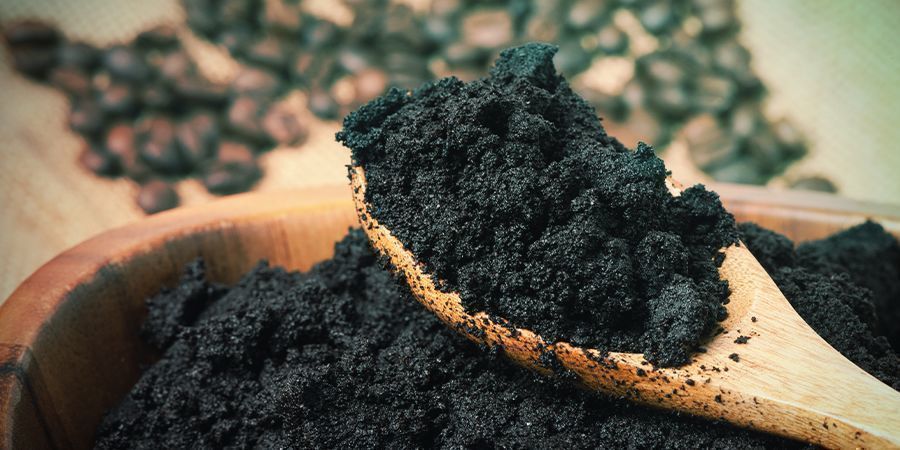The Importance Of Phosphorus For Cannabis Plants
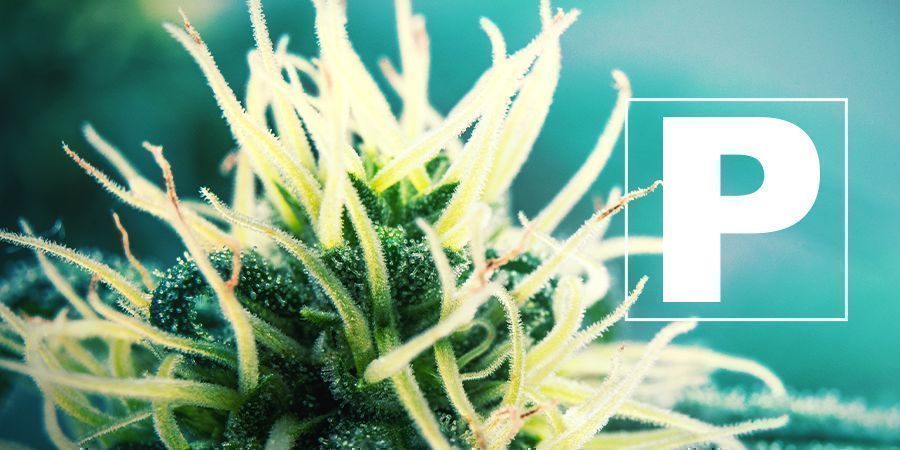
Many cannabis growers think of phosphorus as a key bloom booster. But the nutrient actually plays a very important and complex role in almost all plants, including cannabis. Keep reading to learn why phosphorus is so important for your weed crop.
Phosphorus is one of the main constituents of cannabis bloom fertilisers, but what role does the element actually play in flowering cannabis plants, and how can you ensure your plants get enough (but not too much) phosphorus throughout their different stages of development? Learn all of this and more below.
What is phosphorus?
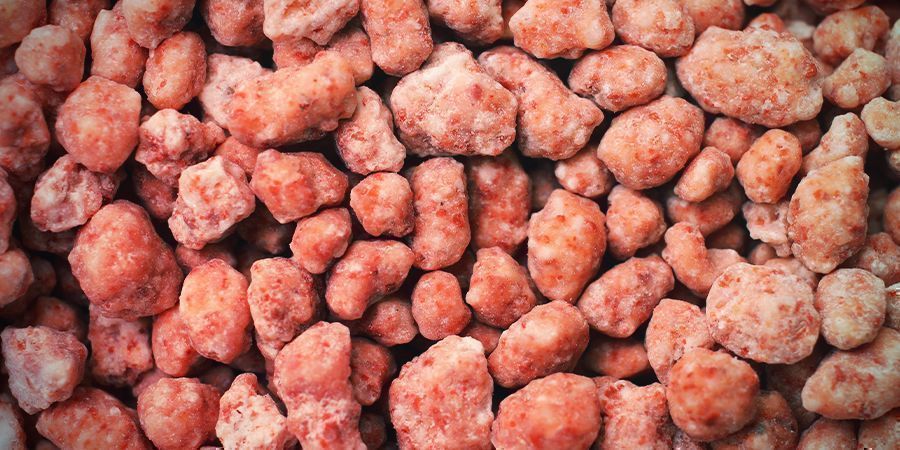
Together with nitrogen (N) and potassium (K), phosphorus (P) is one of the essential nutrients cannabis plants need for healthy growth. It is classed as a primary macronutrient due to its important roles in various plant functions. Your cannabis plant depends on the availability of phosphorus during all phases of its development, where it requires the element in relatively large amounts.
Phosphorus is essential for photosynthesis, plant metabolism, and nutrient uptake. It is particularly important for new growth and early stage root development, but also for bud formation and yield. A lack of this mineral (or an excess) will lead to your plants getting sick.
Commercially available cannabis nutrients, especially those formulated for flowering, usually contain more than sufficient amounts of phosphorus. But phosphorus deficiencies or toxicities are possible, most often due to pH issues, poor soil quality, improper nutrients, or certain environmental factors.
The Phosphorus Cycle
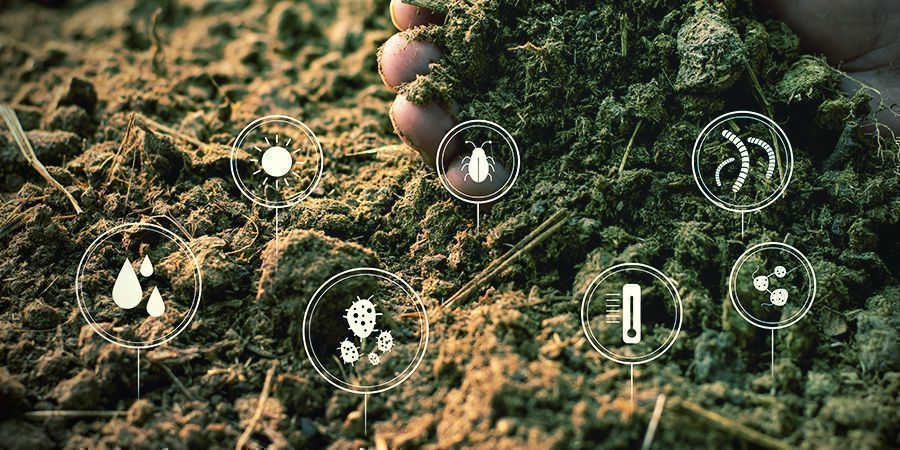
Phosphorus replenishes itself in a biogeochemical cycle in the ecosystem known as the phosphorus cycle: Plants that have taken up phosphorus from the ground are eaten by animals. Through animal droppings, the element is replenished in the subsoil. Microbes process the element and make it available for plants once again, thus closing the phosphorus cycle.
The element is also washed out from the land and carried into the seas due to erosion and rainfall. This is why marine life, such as fish and algae, is particularly rich in phosphorus. The element returns to the land through seabird or fish droppings, and in some areas also through natural geological processes when land emerges from the sea.
Why do cannabis plants need phosphorus?
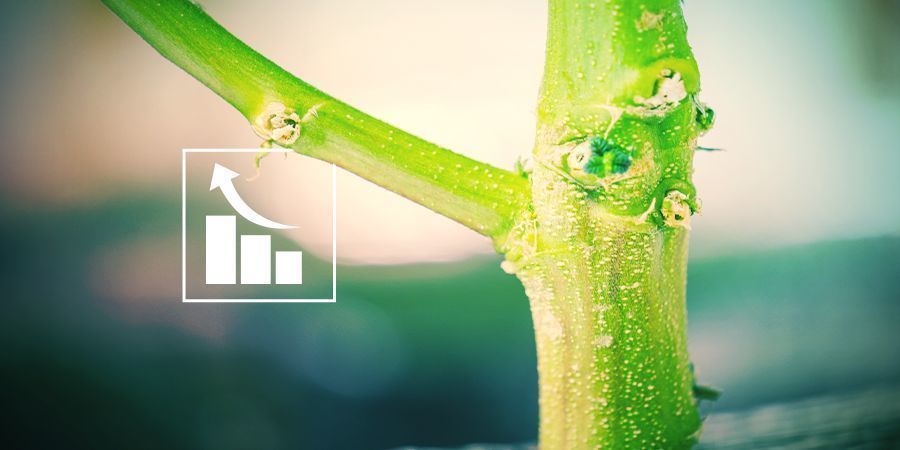
Phosphorus plays an important role in essential biochemical actions such as synthesising proteins and carbohydrates. Here is a rundown of some of its crucial functions:
-
Promotes the growth of roots.
-
Strengthens stems.
-
Increases resistance against diseases and pests.
-
Increases frost resistance.
-
Promotes optimal use of water in the substrate.
-
Increases bud quality and yield.
-
Benefits seed germination.
-
By boosting root growth, phosphorus can help reduce the duration of the vegetative phase.
-
Plays an essential role in plant metabolism, where it aids in the production of carbohydrates.
Phosphorus Needs During Early Stage
Right after germination, cannabis can live off the nutrients in the seed. Likewise, most commercial soils will already have sufficient amounts of phosphorus. Additional feeding will not be needed up until about week 3, when the plant has reached a height of approximately 15cm. Otherwise, providing extra nutrients too early in the plant’s life can negatively affect root growth and overall health of the seedling.
Phosphorus Needs During Vegetative Stage
When the plant has entered the vegetative growing stage, from about week 4 on, it will require an adequate feed rich in nitrogen, phosphorus, and potassium. Recommended nutrient levels for vegging are 200 ppm of nitrogen (N), 120 ppm of phosphorus, and 200–250 ppm of potassium. Exact feed rates, however, can vary depending on the strain, container size, and environmental factors. When using commercial cannabis nutrients, it is best to stick with the recommended doses.
Phosphorus Needs During Pre-Flowering Stage
During early bloom (pre-flowering), cannabis will require additional nutrients due to excessive growth. Increase calcium and magnesium levels and dial in about 200–250 ppm of N-P-K (nitrogen, phosphorus, potassium). At this point, the grower should start feeding more potassium than nitrogen in preparation for the upcoming flowering stage.
Phosphorus Needs During Flowering Stage
During bloom, when vegetative growth comes to a halt, cannabis will require increased levels of phosphorus and potassium while needing only little nitrogen. When using commercial cannabis nutrients, flowering nutrients are formulated to accommodate these requirements. At about week 5 into flower (late bloom), shoot for about 125 ppm of nitrogen and provide adequate phosphorus once calyxes form.
Tip: Commercial cannabis nutrients will typically have the optimal nutrient ratios for each stage of the cannabis life cycle. They often come in two variants, formulated either for vegetative growth or for flowering. For vegetative growth, NPK levels of 3-1-2 are industry standard. For flowering, the recommended NPK of 1-4-5 reflects the plant's need for less nitrogen and more phosphorus (P) and potassium (K).
Phosphorus in chemical vs organic fertiliser
If one is growing organically and doesn’t want to utilise chemical cannabis nutrients, there are plenty of natural materials that are rich in phosphorus. Many of these can either be added to the soil directly to improve phosphorus levels, or they can be added to the compost pile.
-
Compost: A great source of phosphorus and many other nutrients, especially when containing banana peels and other fruit and vegetable scraps.
-
Phosphate rock: This is a phosphorus-rich rock ground into fine particles, releasing phosphorus slowly over the course of many years. Not suited as a quick fix, but excellent as a soil amendment.
-
Coffee grounds: Coffee grounds act as a slow-release fertiliser and compost ingredient. They are rich in phosphorus and contain many other valuable minerals, including potassium, magnesium, and copper.
-
Bone meal: Steamed bone meal and fish bone meal are an excellent source of mineral phosphorus.
-
Bat guano: Another excellent source of phosphorus for container plants including cannabis.
-
Manures: Animal manures such as chicken manure or pig manure make good sources of natural phosphorus. Pig manure, however, may contain parasites and pathogens and must be hot-composted before use.
Phosphorus deficiency and toxicity
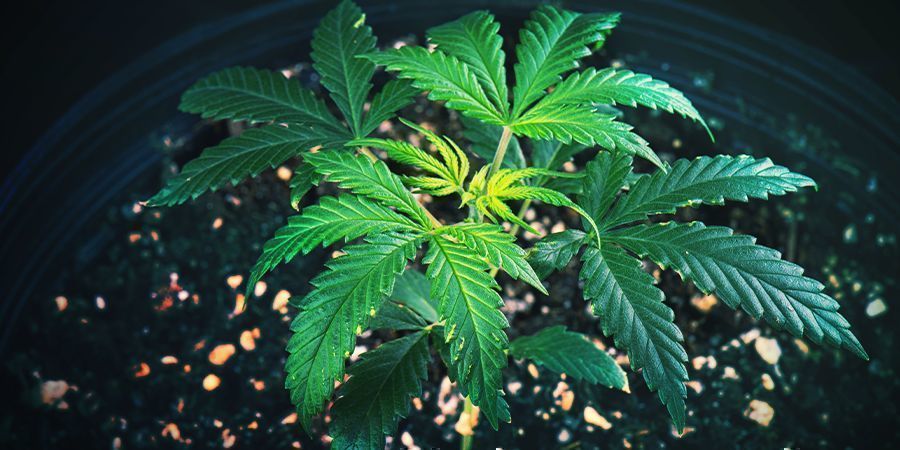
As with most nutrients, too little or too much phosphorus can cause some serious problems for your cannabis plants. So, how do you know if your specimens are getting too little or too much P?
Prolonged exposure to a growing medium with too little phosphorus will cause your plants to develop a deficiency in the nutrient. Phosphorus deficiency can be characterised by the following symptoms:
-
Dark green or greyish older leaves
-
Bright red stems or branches
-
Symptoms of calcium deficiency (a lack of phosphorus can affect a plant's ability to absorb calcium)
-
Yellowing leaves with brown or purple spots (in later stages)
-
Thick, stiff, and brittle leaves (in later stages)
Phosphorus toxicity, on the other hand, occurs when cannabis plants receive too much phosphorus, and is often caused by inexperienced growers trying to pump their plants full of nutes during flowering. When exposed to too much phosphorus, cannabis plants will develop nutrient burn, characterised by the following symptoms:
-
Burnt-looking leaves (sometimes with spots)
-
Yellowing leaf veins
-
Curled leaf tips or edges
Giving your cannabis plants the right amount of nutrients is key to supporting their health and achieving solid yields. In this article, we hope to have shown you how to properly feed your plants with phosphorus, as well as the importance of this nutrient throughout the entire life cycle of the cannabis plant.












 United States
United States

